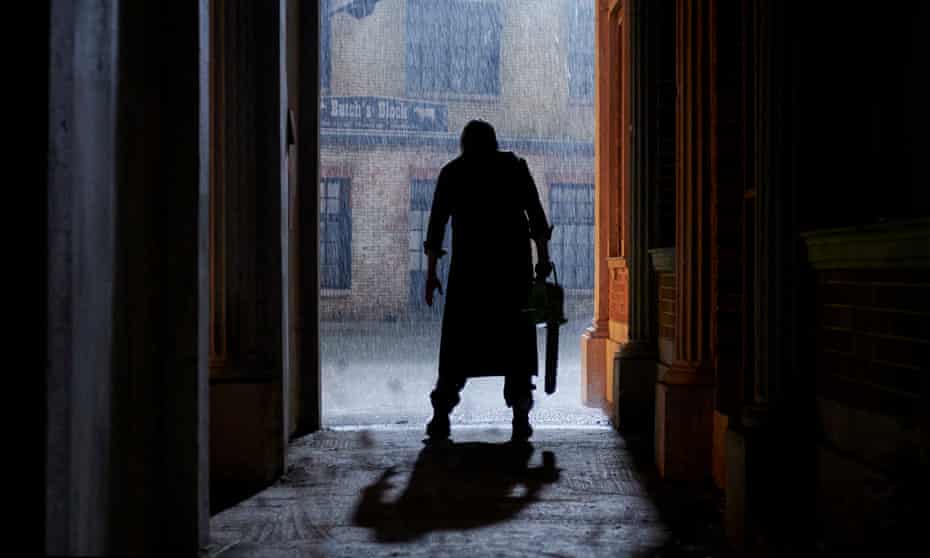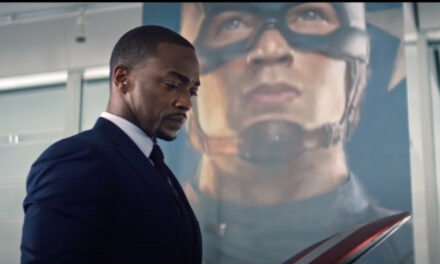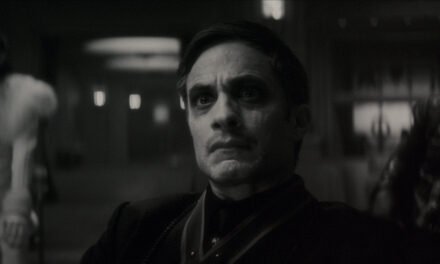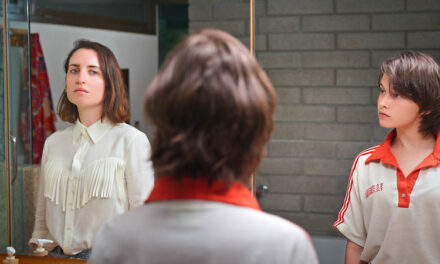The late Tobe Hooper’s 1974’s The Texas Chainsaw Massacre had the strength to create the air of imagination around the brutality. You didn’t see limbs chopped off or excess amounts of blood, but the hint of it was happening was enough to create tension. The setup was also simplistic. You have five teens who go to a place where they had no business being. They run into a range of antagonists—Leatherface being the brutish hand of a sadistic family buried inside a decaying house in the country. It’s a quick and primarily effective slasher formula. The Massacre franchise has nine movies (2022’s Texas Chainsaw Massacre included), including timelines, tonal shifts, and remakes.
Many slasher franchises like Friday the 13th and Nightmare On Elm Street have similar fork-in-the-road moments where creators have to decide whether they let the world they are entering influence them. The latest effort in the Texas Chainsaw mythos is transported into present-day—where political tensions are high and the abandoned town of Harlow, Texas, is ground zero for a gentrification effort. Yes, gentrification and other sociopolitical themes are present in this film—which takes place 50 years after the original.
Director David Blue Garcia and screenwriter Chris Thomas Devlin quickly recount the first film’s events and that Leatherface hasn’t been seen since. Then we go to the viewpoint of four teens—Melody (Sarah Yarkin) and Dante (Jacob Latimore) are looking to remake Harlow into a town of restaurants and trendy shops. They bring along Ruth (Nell Hudson), Dante’s girlfriend, and Lila (Elsie Fisher), Melody’s sister, who is reluctant to take this trip and survived a school shooting. The townspeople do not take kindly to their arrival and their business intentions. A brief, tense exchange ensues with Melody and Richer (Moe Dunford), a truck driving, gun-on-his-hip having mechanic, where they both instantly throw jabs at one another—touching on this north vs. south dynamic.
But with a runtime of an hour and twenty minutes, Massacre doesn’t have enough time to invest in the complicated themes it’s presenting. The four go to an old orphanage and find an old, sickly woman named Ginny (Alice Krige). After briefly talking with her about her Confederate flag, they ask her to leave the property, saying she didn’t own it. It just so happens that Leatherface (Mark Burnham) is living here, and people coming into his home is not something he will take kindly to. The characters aren’t particularly likable—do you root for the kids who barge in a town and kick out a lady, sending her to the hospital with a party bus on the way? Or for the chainsaw-yielding maniac who wears faces as a mask?
The story formulated by Fede Alvarez and Rodo Sayagues tries to present Leatherface as a sympathetic character like later films in the series have. Still, it’s hard to do when he’s cutting off limbs and breaking bones. Massacre brings back the character of Sally Hardesty (played by Olwen Fouéré), which falls into a theme in horror this year of final girls settling the score with their tormentors. (Scream earlier this year, and Halloween Ends in October). Nobody knows what Leatherface looks like in this world, so his re-emergence makes sense to bring Sally back to the fold—he and his family murdered her friends, after all. Massacre tries to trauma bond with Sally and Lila, given that they are totems about how horrible experiences can impact people. It’s the choices that Sally makes when reaching Leatherface that will have audiences scratching their heads in confusion.
The one thing Massacre does well is to be a gory, over-the-top, slasher film. It takes no prisoners in that regard—there’s a scene on a bus where Leatherface goes on an absolute, blood-soaked rampage. But in the beginning, a character pulls out his phone and says the lines, “you’re going to get canceled, bro.” The constant winks and nods to social media drumming and current events take Texas Chainsaw Massacre to self-parody territory—you have to wonder if keeping things simple with this iconic horror villain is the way to go.
Photo Credit: Netflix













